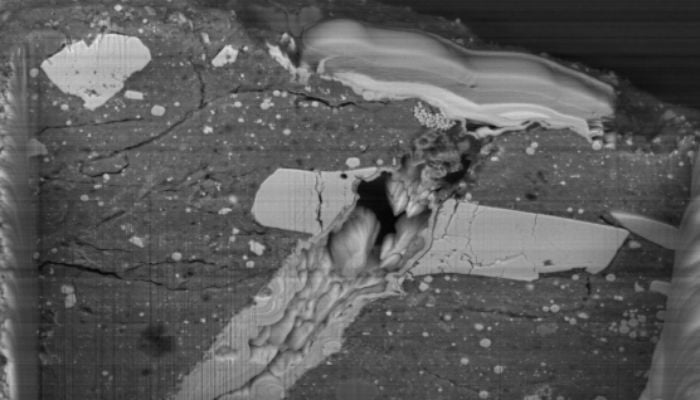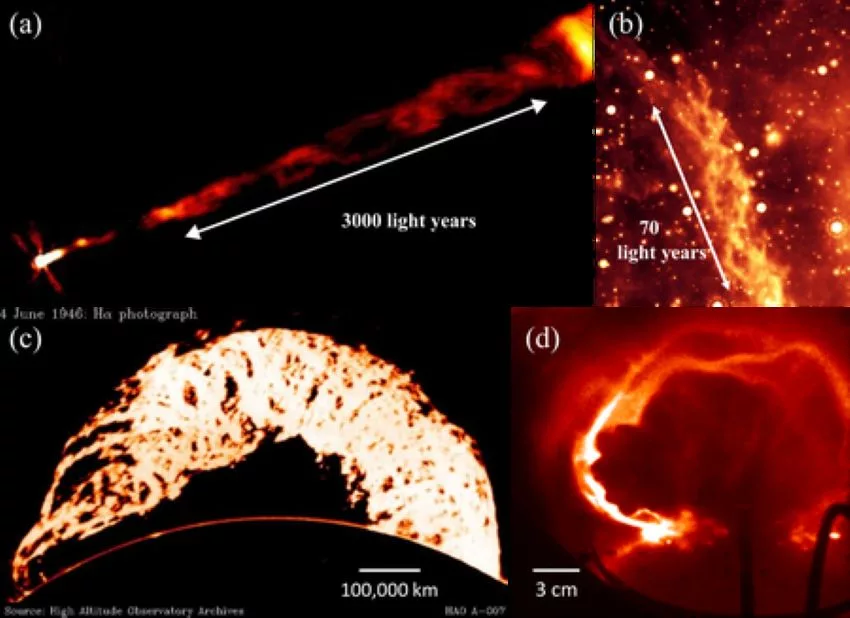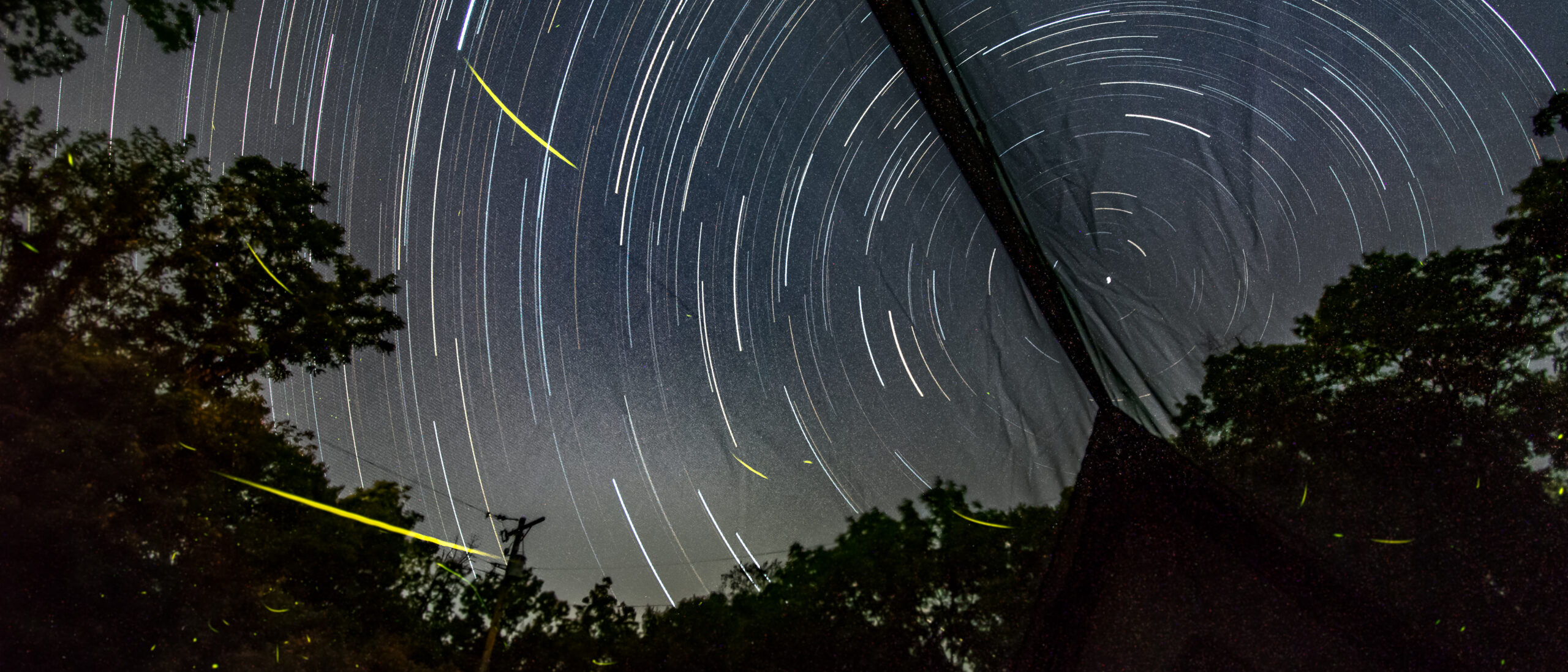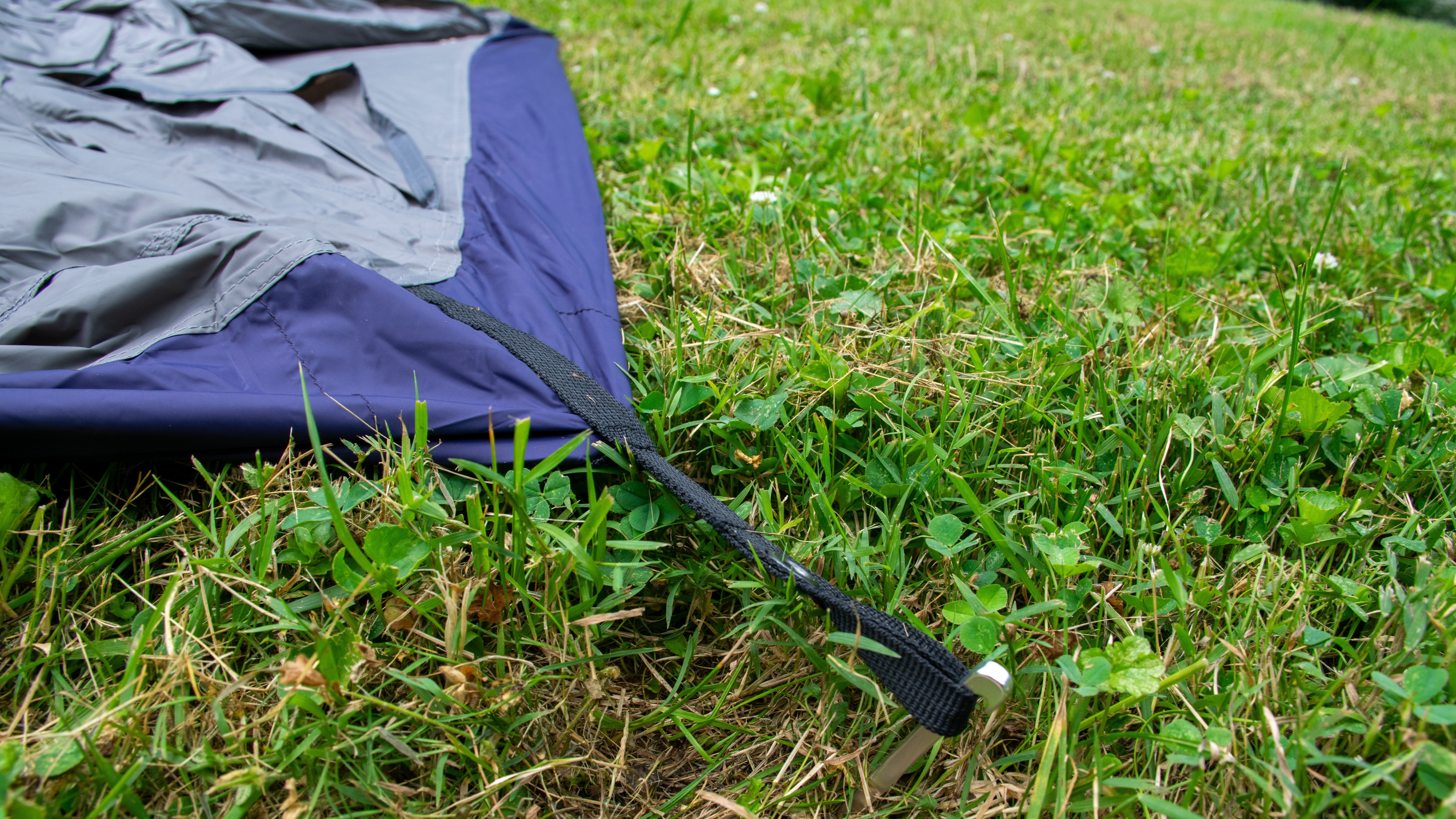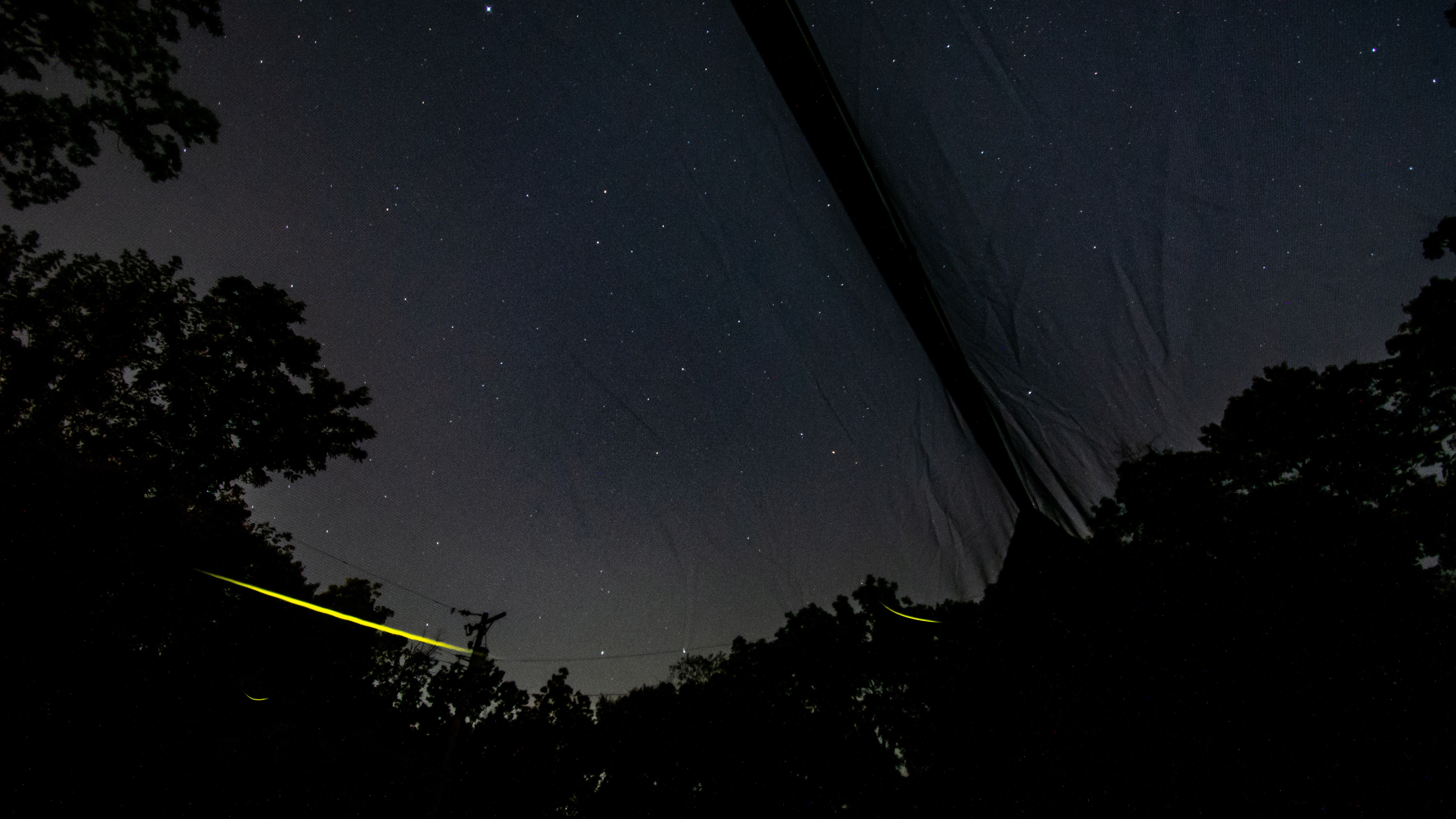The biological cycle of our existence seems relatively straightforward: we’re born, we live, we die. The end.
But when you examine existence at the cellular level, things get a bit more interesting. You, me, and all of the 108 billion or so Homo sapiens who’ve ever walked the Earth have all been our own constellation of some 30 trillion cells. Each of our bodies is a collective organism of living human cells and microbes working in cooperation to create what our minds view as “life.” However, a growing number of new studies have found that, at least for some cells, death isn’t the end. Instead, it’s possibly the beginning of something new and wholly unexpected.
A growing snowball of research concerning a new class of AI-designed multicellular organisms known as “xenobots” is gaining scientific attention for their apparent autonomy. In September 2024, Peter Noble, Ph.D., a microbiologist from the University of Alabama at Birmingham, along with Alex Pozhitkov, Ph.D., a bioinformatics researcher at the City of Hope cancer center, detailed this research on the website The Conversation.
Xenobots are cells that form new roles beyond their original biological function—for example, using hairlike cilia for locomotion rather than transporting mucus. Because they appear to reassemble into this new form and function, the authors argue that xenobots form a kind of “third state” of life, wherein cells can reorganize after the death of an organism to form something new. These forms likely wouldn’t materialize in nature, but xenobots show that cells have a surprising ability to adapt to changes in their environment. Experiments with human cells, or “anthrobots,” exhibit this behavior, too.
“Taken together, these findings … challenge the idea that cells and organisms can evolve only in predetermined ways,” the authors write in The Conversation. “The third state suggests that [an organism’s] death may play a significant role in how life transforms over time.”
The implications for these cellular robots, or biobots, are pretty big—imagine tailor-made medicines crafted from your own tissues to avoid a dangerous immune response. But they also form a complicated picture of what a cell actually is. At least, that’s what evolutionary biologist and physician William Miller thinks. He’s the co-author of the 2023 book The Sentient Cell, which explores ideas found in the Cellular Basis of Consciousness (CBC) theory suggesting that cells retain a kind of consciousness. Miller believes that xenobots are just another example of how we don’t give credit to the inherent cognitive—or even conscious—abilities of the cells that make up our bodies.
“The organism as a whole no longer responds as it had, but subsets of cells are active, decision-making, and problem-solving,” Miller says. “So this fundamentally reconstitutes how we see the living frame … the fundamental unit of biological agency is the conscious cell.”
Consciousness is a notoriously slippery term, and one whose definition can change based on fields of a study, context, or even across time. Famously, the 17th century philosopher, mathematician, scientist, and all-around smart guy René Descartes thought only the human mind was conscious (which led to some inhumane experiments). Thankfully, today science recognizes various types of consciousness throughout the animal kingdom, but when it comes to forms of life fundamentally unlike us, human biases of what can be conscious or intelligent slowly creep in.
“We, as humans, have very limited capacity and finely honed ability to see intelligence in medium-sized objects moving at medium speeds through three-dimensional space,” says Tufts University developmental and synthetic biologist Michael Levin, Ph.D., in a video exploring cellular intelligence. His lab constructed xenobots, and he says human beings are bad at recognizing intelligence when it’s “extremely small or extremely large.”
For Miller, the concept of a sentient cell is a fundamental sea change in biology that challenges some Neo-Darwinian ideas like “survival of the fittest.” Because cells must work in concert to be successful, a more accurate microbial catchphrase might be “I serve myself best by serving others,” Miller says.
Putting the intelligent cell at the center of biology “spills out an entirely new biological narrative where genes are not controlling, genes are tools. In which we understand why organisms choose to stick together in their trillions, to solve problems, [for] decision-making, mutual support, partnerships, synergies, co-dependencies, collaboration—it’s not survival of the fittest,” Miller says.
Many scientists aren’t sold on this brave new future for biology. A 2024 letter published in the journal EMBO Reports describes CBC theory as “merely an intellectual exercise without empirical evidence” and the authors remain equally skeptical of consciousness claims regarding xenobots or other “third state” organisms.
“It’s been known for maybe 75 years or more that cells can be induced to develop abnormally when taken out of context and cultured in vitro. This is nothing new,” University of California, Santa Cruz plant biologist Lincoln Taiz, Ph.D. and co-author of the letter, said in an email. “When an insect herbivore secretes hormones into plant leaves, causing the leaves to form galls [abnormal growths] that serve as houses for the insect, is that a ‘third state’ of life?” Taiz has also tackled what he describes as “myths” surrounding plant consciousness and co-authored a review in 2019 titled “Plants Neither Possess nor Require Consciousness.”
And for Wendy Ann Peer, Ph.D., a biologist at the University of Maryland who also served as co-author of the dissenting CBC letter, the idea of cellular consciousness simply lacks the scientific rigor necessary to be considered a theory. “With the scientific method, there has to be a control and a hypothesis that’s clearly tested,” Peer says. “And the key for your hypothesis is that it has to be falsifiable.”
When cells are taken out of context and are no longer exchanging information or signals from nearby cells, different genes can be expressed than what’s normal, Peer says. Simply put, the xenobots are an advanced version of “animal caps,” a well-known technique in developmental biology in which cells retain the ability to differentiate into other cells.
While some experts say cells are more than just automatons following strict genetic orders, scientists still overwhelmingly define consciousness as pertaining to something with a nervous system and a brain capable of yielding a subjective point of view. However, despite this disagreement, both groups agree on at least one important point—understanding cells and exploring their many capabilities is a huge opportunity. Taiz compares the potential use of anthrobots in medicine to humans behaving as their own “gall-forming insects in plants,” via altering the development of stem cells to create particular cell behaviors.
Meanwhile, Miller agrees. “Levin’s work is a good example of trying to discern how to partner with cells to create living forms to help humans,” he says. “We’re learning to do what cells do, and we’re going to partner with them if we’re smart.”
Conscious or not, it looks like cells will undoubtedly play a starring role in the unfolding future of human health.
Find the Perfect Men’s Health Training Program for You
Darren lives in Portland, has a cat, and writes/edits about sci-fi and how our world works. You can find his previous stuff at Gizmodo and Paste if you look hard enough.



